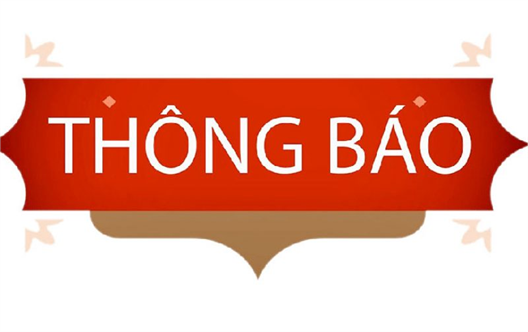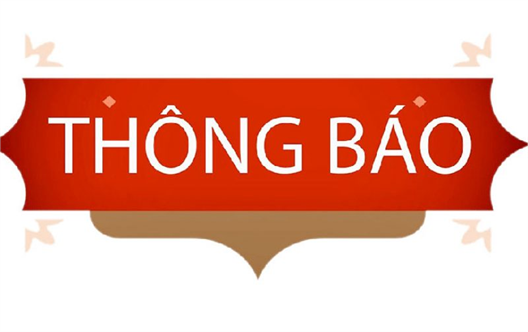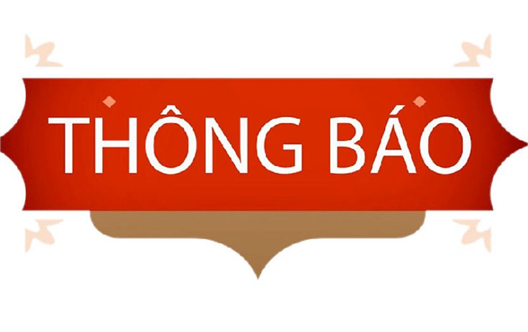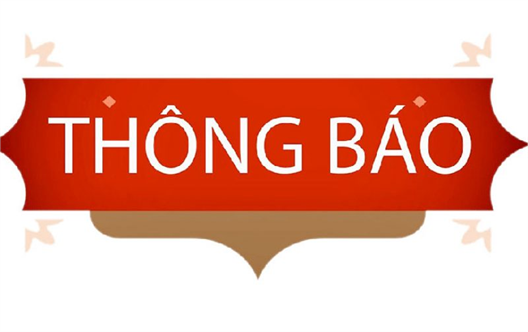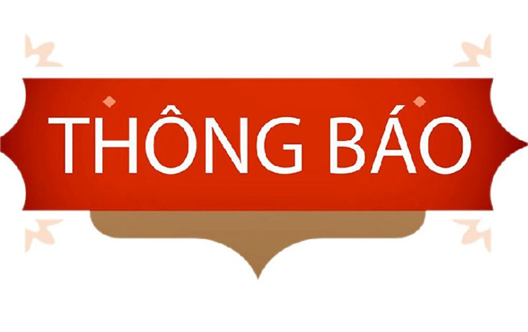Toàn văn Luận án tiến sĩ
Ngày 06-01-2014
Thông tin luận án của NCS Nguyễn Hữu Hạnh (05/10/2011)
12:41 | 05/10/2011
Tên luận án: ”Nghiên cứu quá trình phát triển loại hình dạy lớp ghép tiểu học ở Việt Nam”
Chuyên ngành: Lý luận & Lịch sử giáo dục.
Mã số: 62.14.01.01
Họ tên NCS: Nguyễn Hữu Hạnh.
Cán bộ hướng dẫn thứ nhất: PGS.TS. Đặng Thành Hưng
Cán bộ hướng dẫn thứ hai: PGS.TS. Nguyễn Thị Tính.
Đơn vị đào tạo: Trường Đại học Sư phạm.
Cơ sở đào tạo: Đại học Thái Nguyên.
NHỮNG KẾT QUẢ MỚI CỦA LUẬN ÁN
1. Hệ thống hoá các vấn đề lý luận về dạy học lớp ghép và tổng kết kinh nghiệm quá trình phát triển dạy học lớp ghép tiểu học ở Việt Nam nói chung và khu vực Đồng bằng sông Cửu Long nói riêng từ năm 1975 đến nay.
2. So sánh loại hình lớp ghép ở một số nước trên thế giới và trong khu vực, trên cơ sở đó đưa ra các kết luận về vấn đề phát triển của loại hình này nhằm góp phần phát triển giáo dục miền núi, vùng sâu, vùng xa, vùng dân tộc ở Việt Nam.
3. Làm phong phú thêm kiến thức về lịch sử giáo dục, lịch sử về phát triển giáo dục tiểu học, về giáo dục học so sánh.
4. Khẳng định phát triển loại hình lớp ghép tiểu học là việc tạo ra các giá trị mới cho loại hình này về chất lượng, hoàn thiện theo chiều hướng tích cực nhằm đáp ứng nhu cầu người học và yêu cầu của phát triển giáo dục vùng khó khăn.
5. Luận án khẳng định, phát triển dạy học lớp ghép suy đến cùng là nâng cao chất lượng giáo dục tiểu học, nâng cao dân trí, đào tạo nguồn nhân lực, góp phần phát triển kinh tế xã hội và chính trị ở vùng dân tộc, vùng sâu, vùng xa, vùng hải đảo, tạo ra bình đẳng và cơ hội phát triển cho mọi người, mọi dân tộc.
6. Luận án phân tích nguyên nhân dẫn tới chất lượng học tập lớp ghép tiểu học chưa cao do nhiều yếu tố: Do năng lực dạy học của giáo viên, do trình độ người học, do vị trí địa lý, do môi trường học tập, do yếu tố quản lý v v…
7. Mô hình lớp ghép tiểu học có tính chất lâu dài, mang tính nhân văn của nền giáo dục XHCN Việt Nam, các biện pháp phát triển loại hình lớp ghép nhằm cải thiện và nâng cao chất lượng giáo dục lớp ghép, đáp ứng yêu cầu của xã hội trong giai đoạn mới, mô hình lớp ghép phù hợp là mô hình không quá 2 nhóm trình độ, 2 dân tộc và không quá 15 học sinh trên một lớp.
CÁC ỨNG DỤNG, KHẢ NĂNG ỨNG DỤNG TRONG THỰC TIỄN
1. Các biện pháp phát triển loại hình lớp ghép tiểu học đã được kiểm chứng bước đầu bằng thực nghiệm, có thể triển khai áp dụng đại trà trên địa bàn các trường tiểu học khu vực ĐBSCL.
2. Ngoài việc triển khai áp dụng ở khu vực ĐBSCL, luận án còn có thể ứng dụng ở các vùng, miền khác.
-------------------------------------------------------------
Dissertation title: “Study developing process of the style of teaching the multigrade class at primary schools in Viet Nam”
Speciality: Argument and history of education;
Code number: 62 14 01 01
Full name of candidate: Nguyen Huu Hanh.
Full name of Advisors:
1.Asso. Prof. Dr. Đang Thanh Hung.
2. Asso. Prof. Dr. Nguyen Thi Tinh.
Training Institution: College of Education - Thai Nguyen University.
THE NEW SCIENTIFIC FINDINGS
1. Systematize theoretical problems of teaching the multigrade class and sum up its experience of developing process schools in Vietnam in general and around the Mekong delta areas in particular from 1975 until now.
2. Compared with the type of the multigrade class in some countries of the world and in zone, rely on those foundations we bring up conclusions of problem to develop this style in order to contribute to developing education of mountainous, remote, distant areas and ethnic minority areas in Vietnam.
3. To enrich more knowledge of educational history, developing history of primary education, comparing pedagogy.
4. Affirm to develop the style of the multigrade class of primary education is making it become new values for this style of quality, completion with positive tendency in order to satisfy with the demand of learners and demand of developing education in difficult regions.
5. The dissertation affirms, develops teaching a multigrade class which is given careful thought is to increase the quality of primary education, to increase intellectual standards of the people, to create the human resources, to contribute to the development of economy, society and politics in areas of ethnic minorities, in far away and remote regions, islands. It makes the equality and occasion of development for everybody and every nationality.
6.The dissertation dissects causes leading to quality of learning in a multigrade class of primary education which is not high by many factors: by teaching ability of teacher, by the levels of learners, by the location of geography, by the environment of learning, by the factor of management and so on…
7.The model of multigrade class of primary education has characteristics for along time, the nature of human civilization of socialist education in Vietnam, measures to develop the model of multigrade class of primary education in order to improve and increase the quality of educating a multigrade class, to satisfy with demands of society in the new stage, the model of a suitable multigrade class is the model doesn’t have more two different levels, two nationalities and there are no more than fifteen students in a multigrade class.
Applications, applied ability in practice
1. Measeres to develop the model of mutigrade class at primary schools were confirmed at the first step by experiment. It can be expanded and applied widely at primary schools around the Mekong delta areas.
2. Besides expansion to apply the model of multigrade class of primary education in the Mekong delta areas, the dissertation can be also applied in many different regions and zones.
